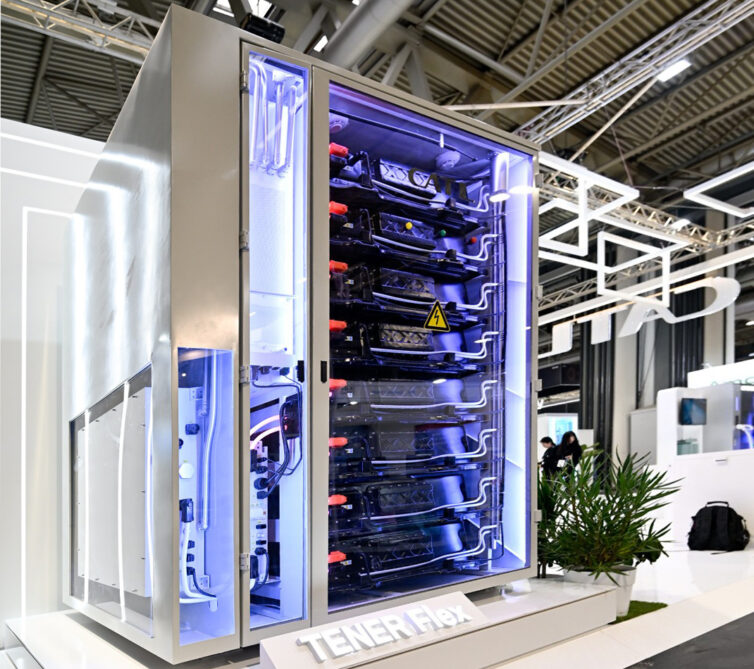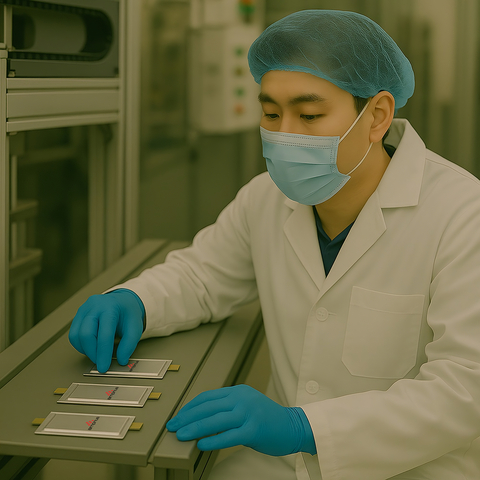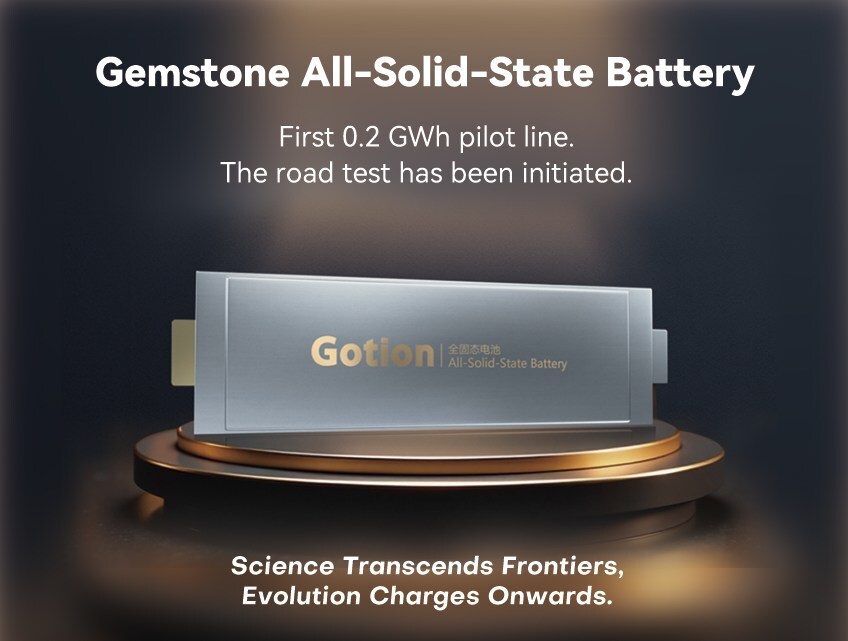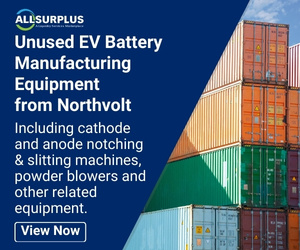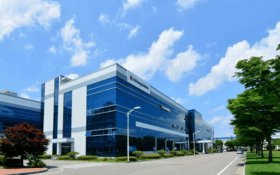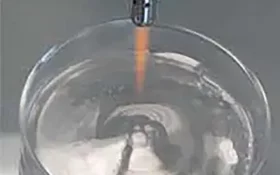Chinese battery giant CATL launched a larger capacity and more transportable version of its lithium iron phosphate (LFP) TENER series of energy storage systems at ees Europe 2025.
The 9MWh system TENER Stack energy storage system is aimed at the utility, developer, and industrial markets.
The system uses a CATL developed “two in one” design. This means the ESS is ‘split’ into two half-height units weighing under 36 tonnes to ensure it meets with transport regulations associated with transporting containers exceeding 36 tonnes.
The split design allows for standard shipping methods, including standard container spreaders and liners, which the company says will reduce waiting times and specialised transport costs.
The new system supports centralised and string power conversion system (PCS) architectures, can be integrated with AC-side equipment and a wide array of grid applications.
The system uses CATL’s LFP cells which the company says have a five-year zero degradation capability.
Although more tangible numbers are hard to find, CATL has released the following: the TENER Stack system achieves a 45% improvement in volume utilisation and a 50% increase in projected energy density compared to other market-ready 20-foot container systems.
A new triple-layer insulation design enables the ESS to meet IEEE693 seismic standards, enduring magnitude 9 earthquakes and Category 5 hurricanes.
Additionally, an overhead thermal management system (TMS) design reduces thermal radiation, and keeps noise to 65dB(A) at one metre.
The solution builds on the TENER base series which was launched with a 6.25MWh unit, and the 6MWh TENER flex series the company launched last September.
The TENER Base is housed in a twenty-foot equivalent unit containerised system, while the TENER FLEX is a rack system for flexible deployment.

